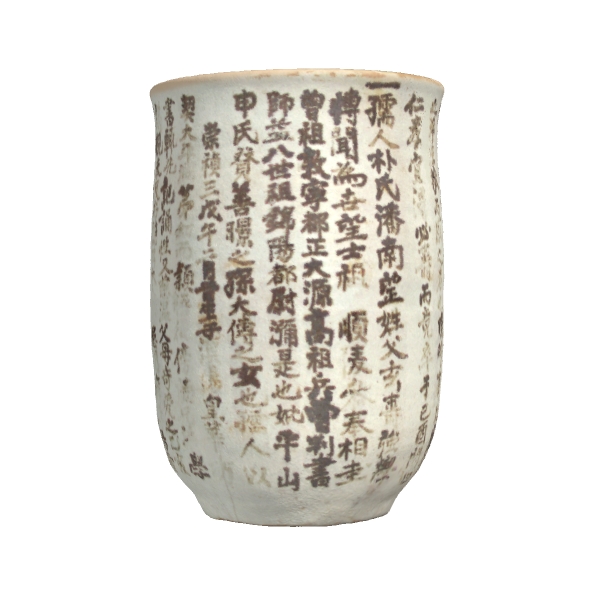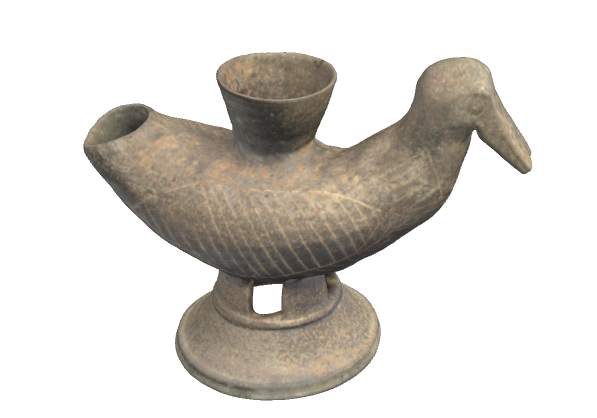In collaboration with the Korea Culture Information Service Agency (KCISA), 3D file sharing website 3Dupndown has released a collection of 3D printable objects from museums in South Korea.

Alex.P.Hong, CEO of 3Dupndown Co. Ltd. says that the Korean Museum was sparked by a exhibition at the Global Startup Campus in Pangyo, that was set up to start generating South Korea’s own Silicon Valley. The campus is primarily for tech startups, and hosted a popular collection 3D printed of artefacts earlier in the year.
3DPI take a closer look at some of the objects in the collection to discover more about the profound history of East Asia’s most developed country.
A donggot hairpin

A donggot is an accessory used as the hairpin in a topknot. In Korea topknots, known as sangtu, were typically adopted my men to show that they were married. This particular artefact was excavated from a tomb in some of South Korea’s most remote countryside, and dates back as far as the Goryeo Dynasty from 918 to 1392. The material it is made from, in this case bronze, would be a determiner of social status.
Duck-shaped vessel

This unusual duck vessel reflects the religious belief that birds are sacred animals: the duck in particular heralded for delivering spirits, and an ability to cross water. It could reach lands that humans were incapable of exploring during the first century BC. Openings at the front and the rear of the vessel allow liquids to be poured out of either side of the clay duck, making it easy to pour out into multiple cups at a table.
Silver jangdo knife

In Goryeo Dynasty (918 to 1392) knives were carried by people for protection and practicality as it became annexed from the larger ruling class of the Yuan Dynasty. This silver dagger is decorated with an intricate flower and vine pattern, and would typically be worn by women as a sign of their fidelity.
The world’s collective heritage
The KCISA is the governmental organization in charge of sharing South Korea’s heritage with the world, and the 89 objects now available for download are the start of collection of 2,000 artefacts to be collected from around the nation.
It’s fascinating to see another nation adopting the museum-without-walls concept to share their culture with the world. We contacted Jonathan Beck, of the international Scan the World project who is building one of the largest online resources of artefacts and art objects from around the world, for comment on the collection. He says that he is ‘pleased to see increased democratisation of the medium’, and to have ‘access to artefacts previously unobtainable’.
Some of the Korean Museum 3D objects have already been 3D printed by the Scan the World community, but if any of our readers 3D print any of the models from the Korean Museum, please be sure to share the photos with us in an email.
Featured Image shows the entrance to Sookmyung Women’s University in Seoul, South Korea: one of the collections explored by the 3Dupndown collection. Photo via: Wikimapia


